The national flag, population, and public holidays of The Kingdom of Morocco. The Kingdom of Morocco (Arabic: المملكة المغربية), commonly known as Morocco (المغرب), is a constitutional monarchy at the western end of the Maghreb in North Africa. Its east is adjacent to Algeria, its actually administered Western Sahara region in the south is adjacent to Mauritania, its west is bordered by the Atlantic Ocean, and it faces Portugal and Spain across the Strait of Gibraltar and the Mediterranean Sea to the north. The capital is Rabat, and the largest city is Casablanca.
The flag of Morocco is a flag composed of red, green, and a five-pointed star. The size ratio of the flag is 2:3.
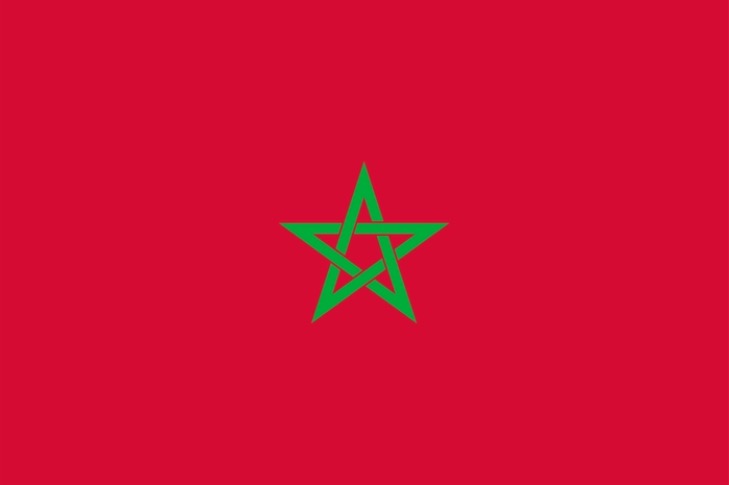
The base color of the Moroccan flag is red, with a five-pointed star in the center composed of five intersecting green lines. It is called “the seal of Suleiman.” The red comes from the color of the early national flag of the ancient Moroccan state. The green five-pointed star has two interpretations: green is the color preferred by the descendants of Muhammad, and the five-pointed star symbolizes the people’s faith in Islam; this pattern is the Solomon talisman to drive away diseases and avoid evil.
Morocco is a member of major international institutions such as the United Nations, the World Trade Organization, the World Bank, the International Monetary Fund, as well as important regional organizations such as the Arab League, the African Union, and the Union of the Maghreb.
The earliest inhabitants were the Berbers. The Arabs entered in the 7th century AD. The first Arab kingdom was established in the 8th century. The Alawi dynasty was established in 1660 and has continued to this day, and King Mohammed VI is the 22nd monarch of this dynasty. Since the 15th century, Western powers have invaded one after another. On March 30, 1912, Morocco became a French protectorate. In the same year, France and Spain signed the Madrid Treaty, and the northern zone of Morocco and areas such as Ifrane in the south were designated as Spanish protectorates. It became independent in 1956. On August 14, 1957, the country was named the Kingdom of Morocco, and the sultan was changed to king.
Morocco is divided nationally into 12 regions. Among them, the Western Sahara region controlled by Morocco is divided into three major regions.
Morocco’s total economic volume ranks fifth in Africa and third in North Africa. Phosphate export, tourism, and overseas remittances are the main pillars of Morocco’s economy. Agriculture has a certain foundation, but food cannot be self-sufficient. The fishing resources are abundant, and the output ranks first in Africa. The industrial development momentum is good, especially the automotive industry is developing rapidly and has begun to take shape.
All people in Morocco are Muslims. They are forbidden to eat pork, blood, dead animals and animals slaughtered in the name of Allah. It is forbidden to drink alcohol. During Ramadan, it is forbidden to eat and drink in public. Photos of the portrait of the King of Morocco are not allowed to be copied privately. You can do so in Purchase photos from authorized stores; couples should not make overly intimate gestures in public.
Public Holidays
January 11th – Day of the Publication of the Declaration of Independence
May 1st – Labor Day
July 30th – National Day – Coronation Day of King Mohammed VI
August 14th – Commemoration Day of the Recovery (of the Western Sahara Region)
August 20th – King and People’s Revolution Day
August 21st – Youth Day – King Mohammed VI’s Birthday
November 6th – Green March Festival – The Moroccan government organized the people to enter the Western Sahara region in 1975
November 18th – Independence Day
The main tourism resources include the four imperial cities: Fez, Marrakesh, Meknes, and Rabat; the setting of the movie “Casablanca” in “North African Spy Film”, the northern gateway Tangier, the world heritage city Essaouira, the “blue city” Chefchaouen; and the Atlantic coast, the Sahara Desert, and the first peak in North Africa, Toubkal Peak, etc. The old city of Tetouan (Tangier – Tetouan region), the archaeological site of Volubilis (Meknes – Tafilalet region), the historical city of Meknes (Meknes – Tafilalet region), the old city of Fez (Fez – Boulemane region), the old city of Essaouira (Marrakesh – Tensift – El Haouz region), the old city of Marrakesh (Marrakesh – Tensift – El Haouz region), the Portuguese city (Dukkala – Abda region), and the fort village of Ait Ben Haddou (Guelmim – Semara region).
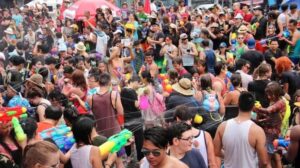
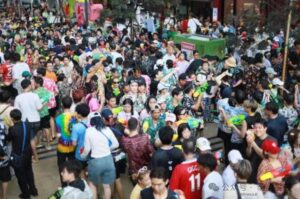
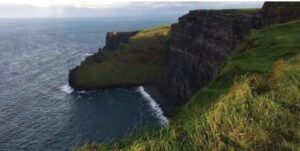
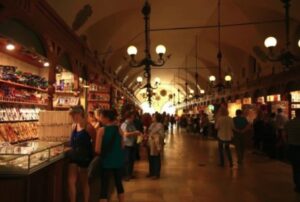
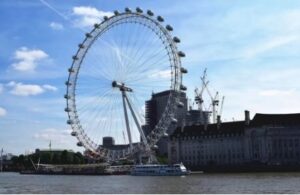
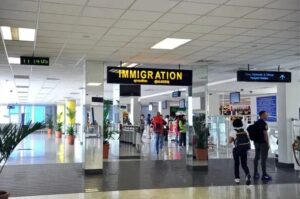
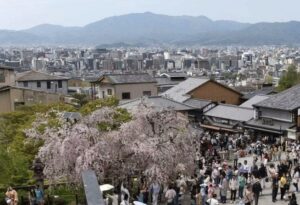
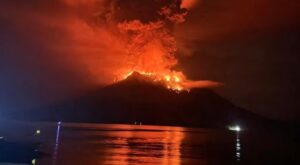
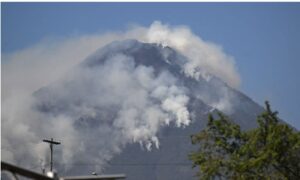
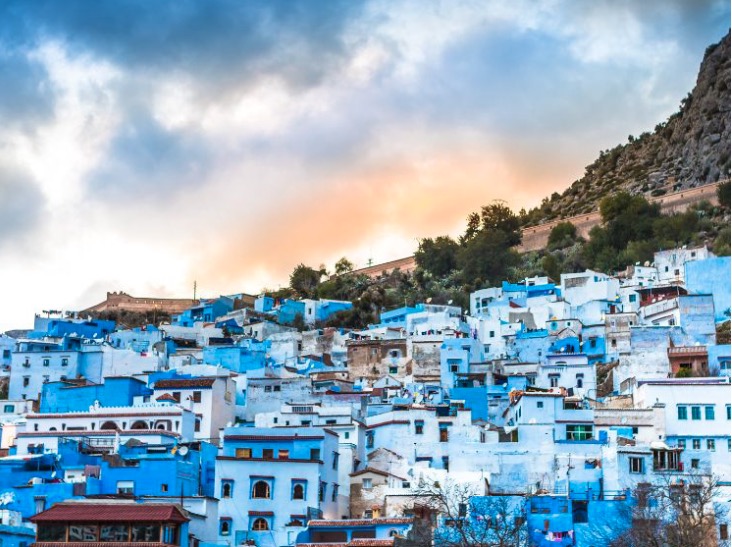
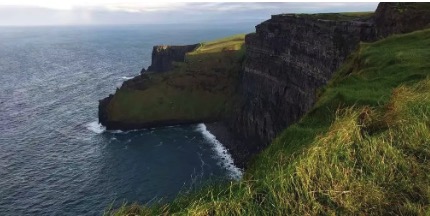
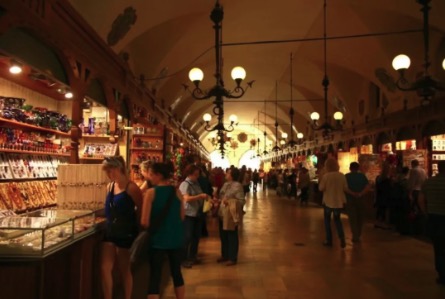
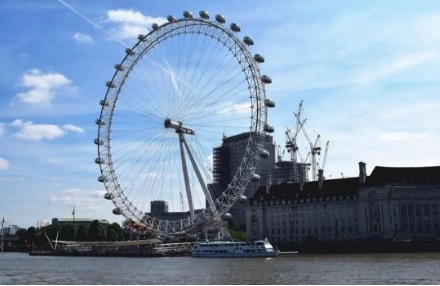
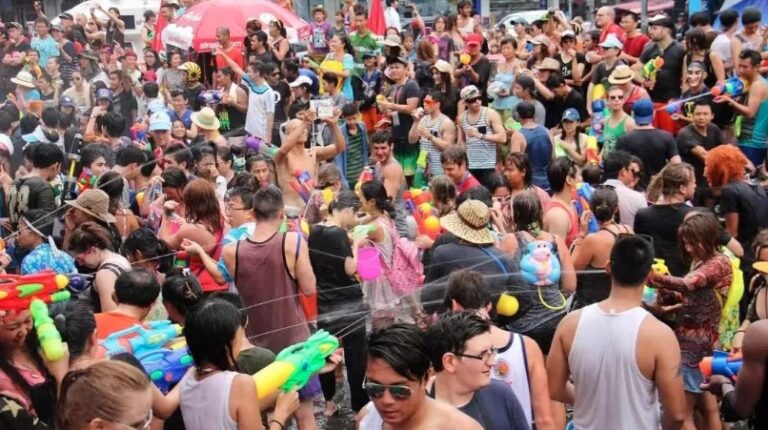
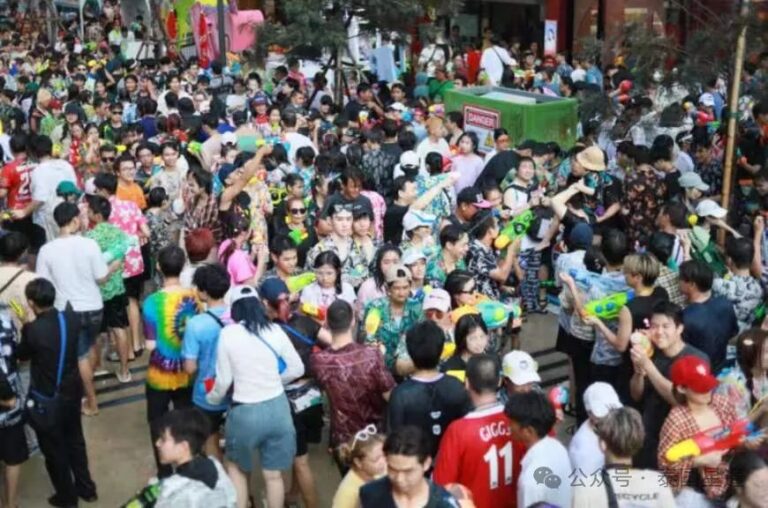
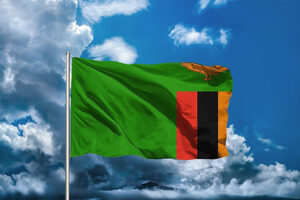
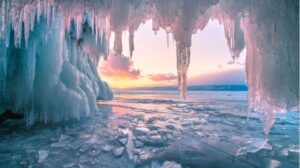

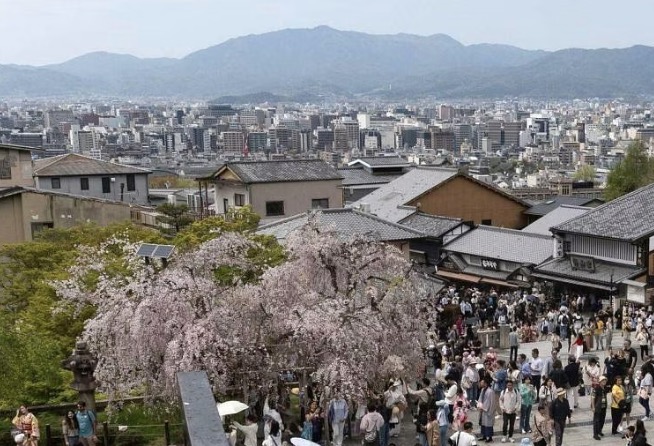
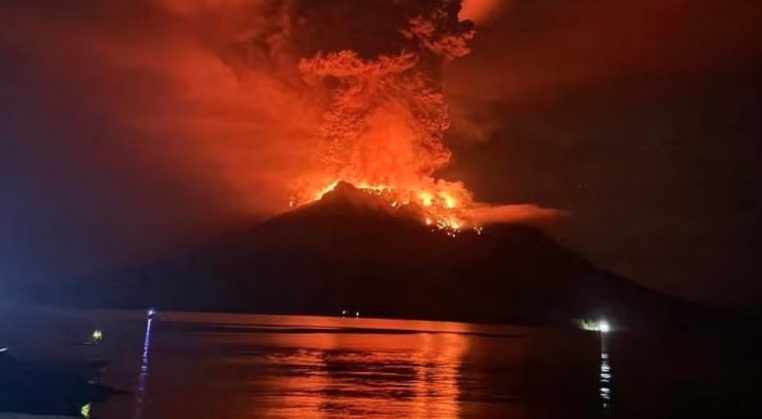
+ There are no comments
Add yours